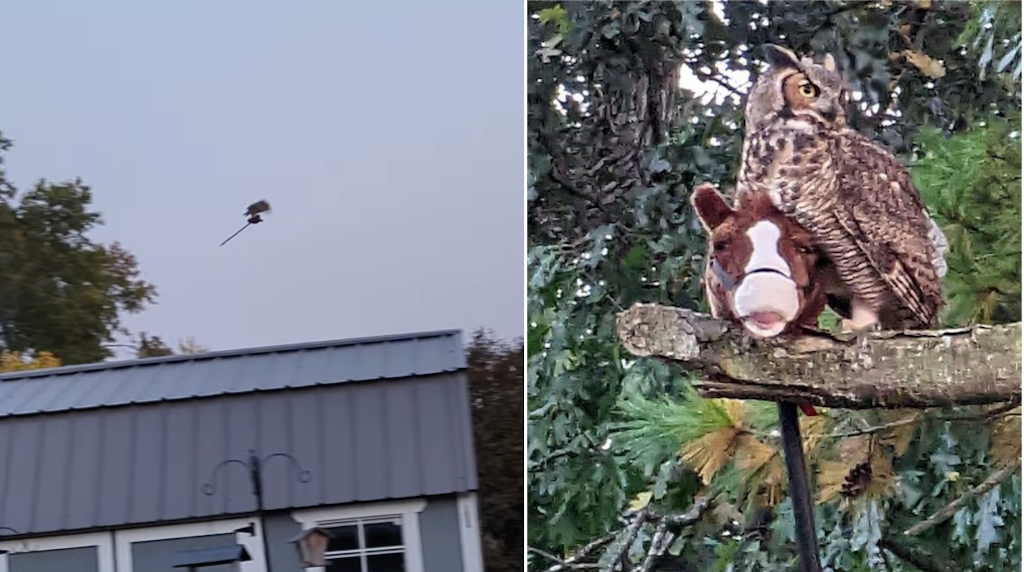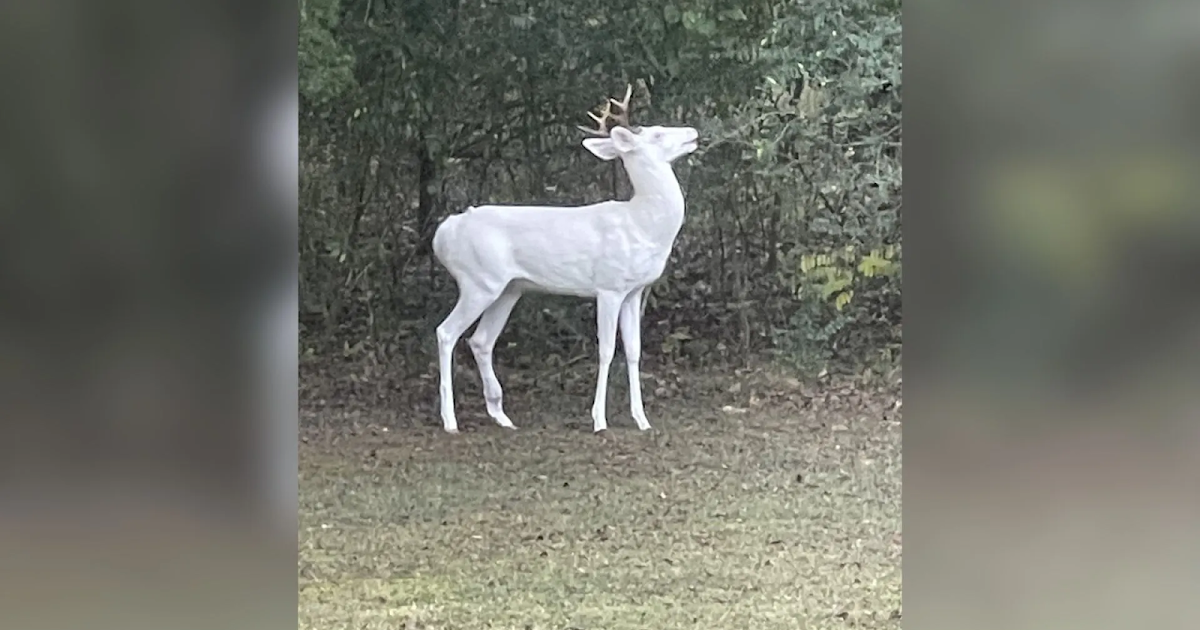The coconut crab (Birgus latro) is a species of terrestrial hermit crab, also known as the robber crab or palm thief. It is the largest terrestrial arthropod in the world, with a weight of up to 4.1 kg (9 lb).
It can grow to up to 1 m (3 ft 3 in) in width from the tip of one leg to the tip of another.
It is found on islands across the Indian Ocean, and parts of the Pacific Ocean as far east as the Gambier Islands, Pitcairn Islands and Caroline Island, similar to the distribution of the coconut palm.
It has been extirpated from most areas with a significant human population, including mainland Australia and Madagascar. Coconut crabs also live off the coast of Africa near Zanzibar.
They have an acute sense of smell which they use to find potential food sources, and which has developed convergently with that of insects.
Adult coconut crabs feed primarily on fleshy fruits, nuts, seeds, and the pith of fallen trees, but they will eat carrion and other organic matter opportunistically.
Anything left unattended on the ground is a potential source of food, which they will investigate and may carry away – thereby getting the alternative name of “robber crab”.
Mating occurs on dry land, but the females return to the edge of the sea to release their fertilized eggs, and then retreat back up the beach.
The larvae that hatch are planktonic for 3–4 weeks, before settling to the sea floor, entering a gastropod shell and returning to dry land. Sєxual maturity is reached after about 5 years, and the total lifespan may be over 60 years.
In the 3–4 weeks that the larvae remain at sea, their chances of reaching another suitable location is enhanced if a floating life support system avails itself to them.
Examples of the systems that provide such opportunities include floating logs and rafts of marine or terrestrial vegetation.
Similarly, floating coconuts can be a very significant part of the crab’s dispersal options.[4] Fossils of this crab date back to the Miocene.
Source









